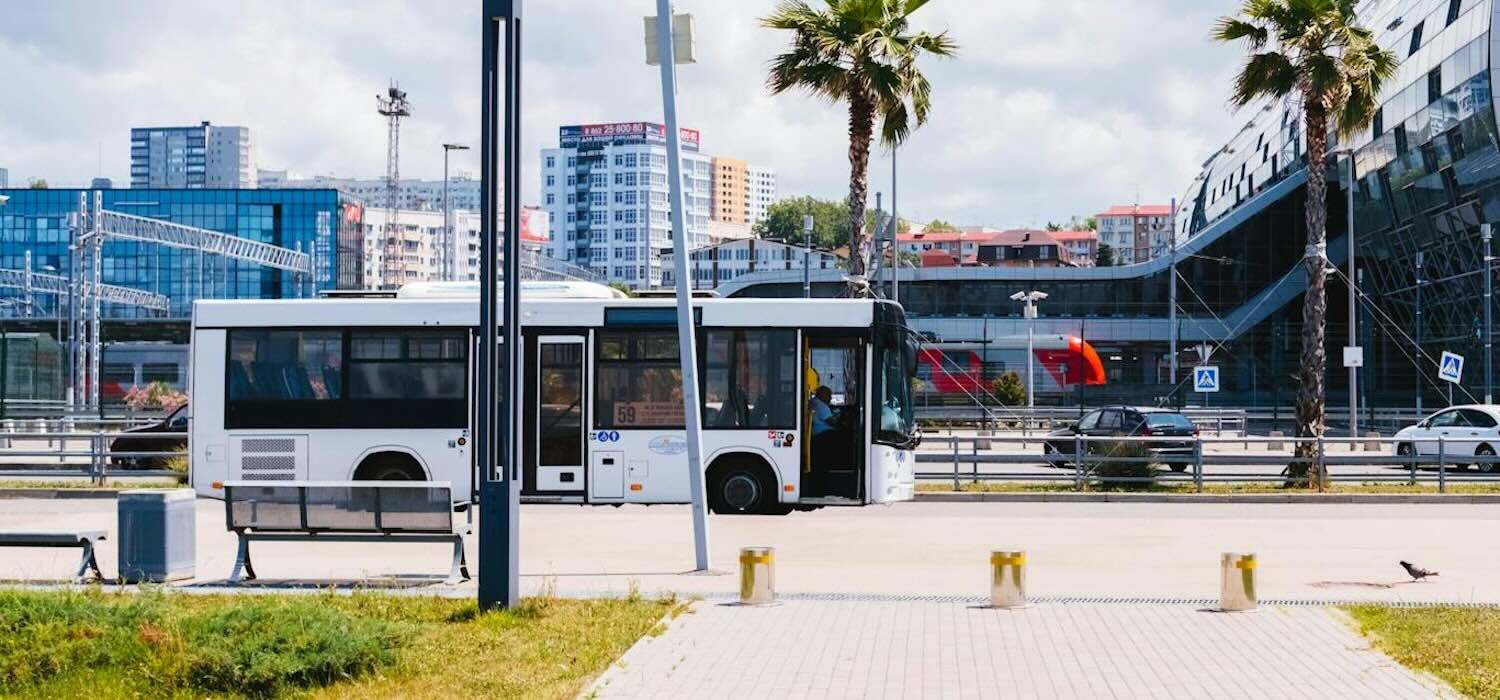Truck Drivers need not be killed by their vehicles in 2025
Anti Rollaway Solutions have been available for 25 years Most people are horrified when they hear of a truck driver being run over by their own...
Two recent school bus rollaway incidents in NSW have seen the NSW Office of Transport Safety Investigations (OTSI) identify safety issues that require immediate attention by operators, in the interests of public transport safety.
These incidents are the result of human error and the park brake not being applied, with the driver in both cases being external to the vehicle, the door closed and 20+ students inside.
In the OTSI Safety Alert SAL01/24 issued on 28 February 2024, the Office attributed the failure of the drivers to apply the park brake was due to several factors, including memory lapses, distraction, task focus, and mistaken expectations that the door interlock system would provide adequate braking functionality. All were HUMAN ERROR.
One rollaway could have resulted in a major accident with horrific casualties. The school bus rolled across a road towards a service station, and it was only the quick action of a student who jumped into the driver’s seat and steered the bus alongside the garage that averted a catastrophe.
OTSI has urged bus fleet operators to ensure drivers understand the operations and consequences of the park brake, alarm systems and external door closures. They have highlighted the challenges of a bus fleet that has different alarm warning systems, complicating issues for drivers and the way they normally work.
 Screenshot from mini mart CCTV of unmanned rollaway, courtesy of OTSI Safety Alert SAL01/24.
Screenshot from mini mart CCTV of unmanned rollaway, courtesy of OTSI Safety Alert SAL01/24.
The Safety Alert asked the question: have you adequately considered the influence of human factors, such as distraction, task focus, and complacency, in your risk controls?
SGESCO-MAX has had over 20 years’ experience working with clients across a variety of heavy vehicle applications to successfully prevent rollaway accidents.
According to SGESCO-MAX’s Managing Director, Scott McPherson, the solution to this issue is to remove the risk of humans not applying the park brake correctly or the park brake not holding in the first place.
This is done through a smart device like what SGESCO-MAX offers with its MAX-SAFE Anti-Rollaway Brake System™.
This is an active safety solution, which activates in the event of a driver neglecting to fully apply the park brake before leaving their vehicle and applying it for them.
It is a proven solution that has been available for over 20 years and saves lives.
Too often a driver will run after a rollaway vehicle trying to get inside to put the park brake on and can be seriously injured or killed in the process. So too can innocent bystanders as the bus can be silent with the engine turned off. Occupants are also at risk.
Across Australia and New Zealand, the MAX-SAFE Anti-Rollaway Brake System™ is used by thousands of garbage trucks, emergency service vehicles, utility company vehicles and construction vehicles.
With buses carrying many more passengers than work vehicles – and in the case of school buses – young children inexperienced in driving – it would seem a major safety imperative for bus companies to install such a solution to prevent school bus rollaways and to keep people and property safe.
Additionally, National Heavy Vehicle Regulator (NHVR) Chain of Responsibility (CoR) laws now require transport carriers to identify risks to public safety and to implement suitable measures to ensure safety. Bus fleet operators must abide by their duty of care responsibilities. With anti-rollaway devices having been available for twenty years it will be difficult for bus fleet operators to defend their actions in not addressing the most common and glaring safety risk of a vehicle rollaway.

Anti Rollaway Solutions have been available for 25 years Most people are horrified when they hear of a truck driver being run over by their own...

CLOCS-A now in force in NSW; Victoria underway One year after giving notice, Transport for NSW (TfNSW) now requires all heavy vehicle contractors...

Australia’s resource sector, which employs around 320,000 people, accounts for over 60% of our export revenue. As a key pillar of Australia’s...
